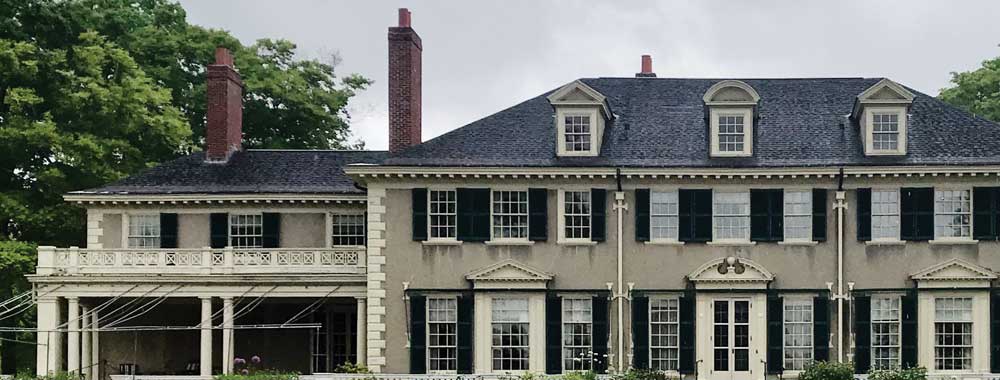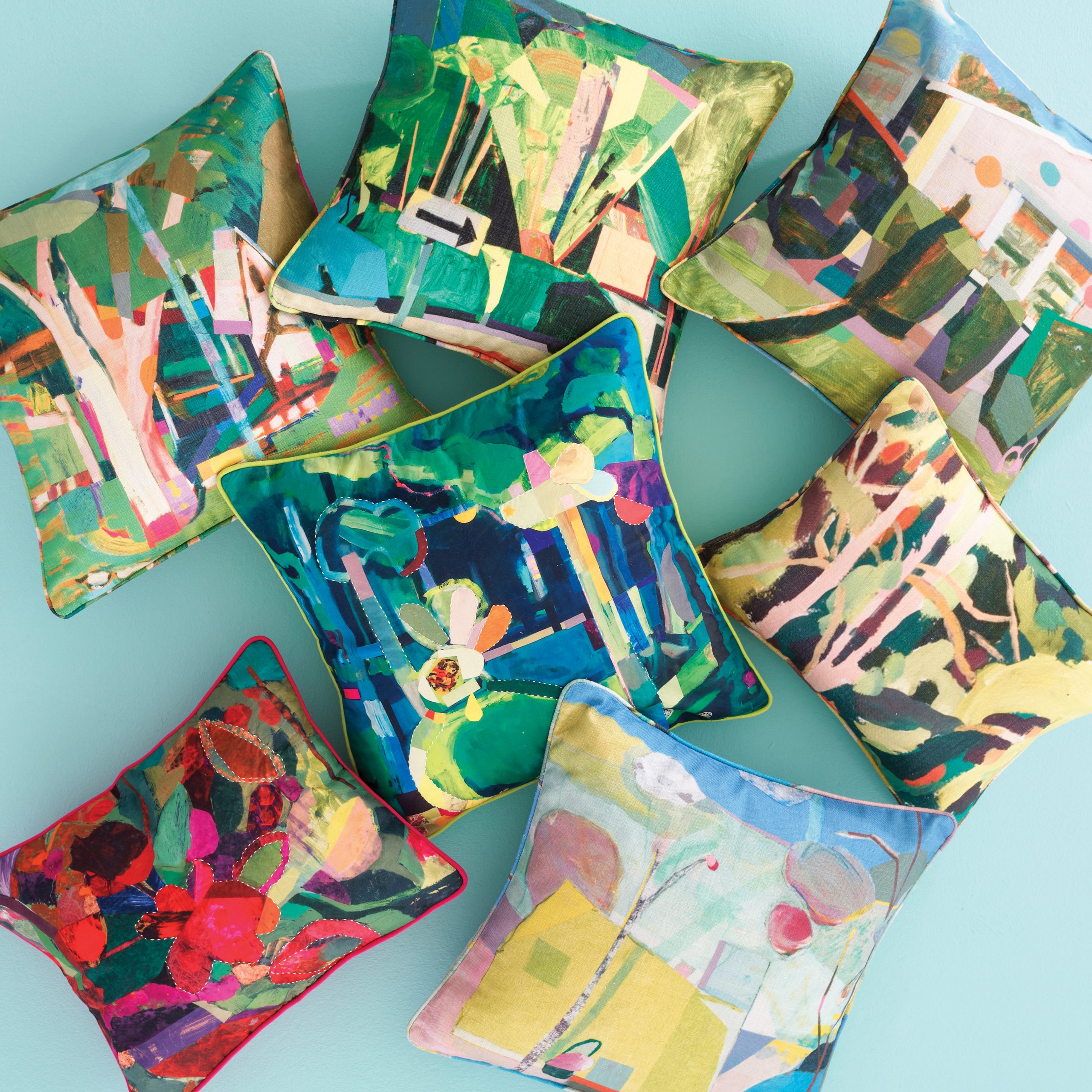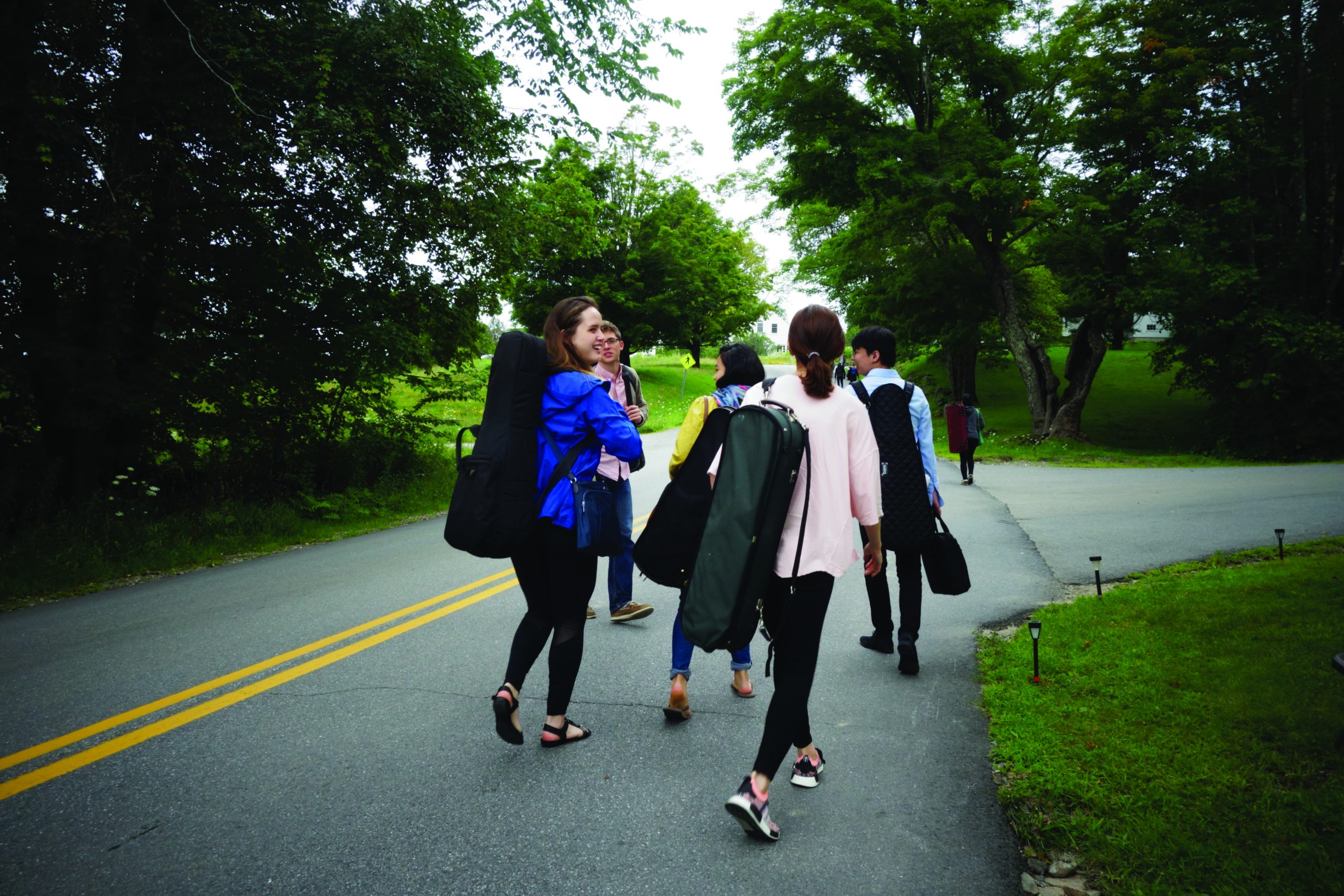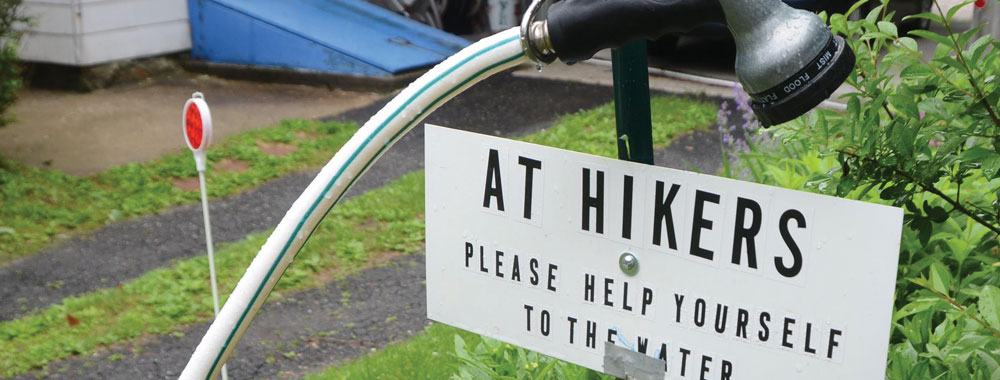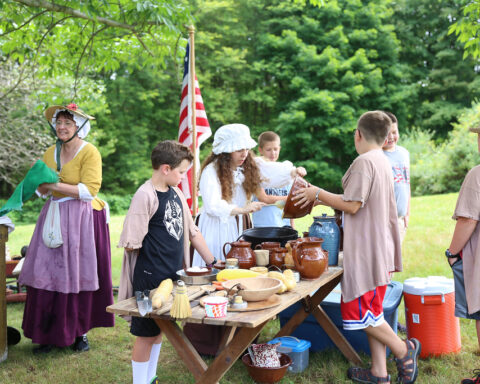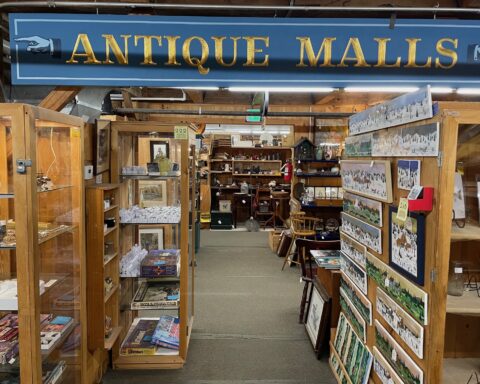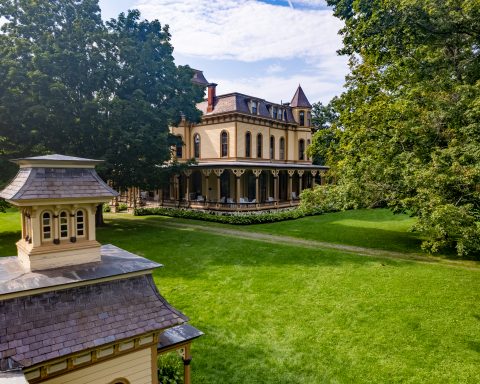
By Jennifer Huberdeau
During the summer of 1864, Robert Todd Lincoln, then 20, accompanied his mother, Mary Todd Lincoln, and his younger brother, Tad, on a trip to Manchester, Vt., and stayed at the Equinox Hotel. It is told that during this trip, he fell in love with the rolling green hills surrounding him.
We can’t be certain that it was on this particular visit that Manchester won the heart of President Abraham Lincoln’s eldest and only surviving son. The trio is said to have made a similar trip the previous summer (some scholars dispute this) and had previously stayed at the Bardwell House in Rutland in 1861.
It would be some time before Lincoln returned to the village — nearly 40 years — staying first as a guest of his Chicago law partner, Edward Isham, and then buying 412 acres to build his Georgian Revival summer estate, Hildene.
Isham, a native of Manchester, attended Burr and Burton Academy before attending Harvard Law School. A partner of Isham, Lincoln and Beal in Chicago, he purchased his own summer home in Manchester in the late 1800s, which he named Ormsby Hill. It was here that Isham entertained Lincoln and their good friend, President William Howard Taft.
It is reported that when Lincoln asked his law partner to sell him some of his land in Manchester, Isham replied, “You’re my best friend and law partner; you’re not going to be my next-door neighbor.”
Regardless if there is any truth behind the tale of law partners’ conversation, it wasn’t until after Isham’s death that Lincoln bought the 412-acre property behind Ormsby Hill.
After purchasing the land in 1902, Lincoln began plans for the 24-room summer home he would name Hildene. The house, completed in 1905, included a private observatory. He and his wife, Mary Harlan Lincoln, would entertain here and he would run the Pullman Co., which he became president of in 1897 and chairman of the board in 1911, from his first-floor office while in town.
Although only intended as a summer home, the estate would become a part-time residence for the former U.S. secretary of war and ambassador to the United Kingdom. Eventually, he would come to call it his ancestral home. He died at Hildene, at the age of 82, in 1926.
Following the death of Mary Harlan Lincoln in 1937, the home passed to her granddaughter, Mary “Peggy” Lincoln Beckwith. Peggy, who lived there until her death in 1975, was often joined at the estate in the summers by her mother, Jessie Harlan Lincoln Beckwith.
Upon Peggy’s death, Hildene passed to the Church of Christ, Scientist, as was stipulated in her grandmother’s will, which also included the requirement that the church maintain the estate as a memorial to the Lincoln family.
Unfortunately, the church was not in the position to maintain the estate and put forth plans to sell it. Learning of that, a group of friends and neighbors of the Lincolns fought the sale in court over the course of the next three years. In 1978, the group, now known as Friends of Hildene, raised the money to buy the property and set about restoring the house, gardens and estate.
Today, Hildene continues to celebrate the Lincoln family, with tours of the house, complete with original furniture and a historic exhibit which includes one of Abraham Lincoln’s three existing stovepipe hats and his oval dressing mirror from the White House, along with other family heirlooms. A 1903 Pullman Sunbeam railroad car is also available for tours, as well as small working farm and 12 miles of hiking and walking trails.
Scroll down for a closer look at a few of the items you’ll see at Hildene.

Volk’s son donated one of the two original plaster casts to the Berkshire Museum.

It is believed the Bible, which King inscribed, was presented on March 4, 1861, the day of Lincoln’s inauguration. The bible should not be confused with the Bible used by Lincoln at his inauguration. The bible gifted by King remained in the Lincoln family. It is presently on display with an inscription written by Amos King and a letter from Lincoln’s secretary, John Nicolay, thanking King for the bible.
The inscription page, written by Amos S. King and dated March 4, 1861, reads: “The donor of this humble gift having read the farewell remarks of the President elect on his departure from his home in the West, to take upon himself the high responsibility of the most important task of this great people in which speech he desired his friends to pray for him that he might have divine assistance in the execution of that trust therefore the donor begs leave to present to his Excellency, Abraham Lincoln, President of the United States of America, this bible as a small token of the high esteem and kind regard in which the giver holds the honored recipient.”

Passed down through the Lincoln family to the president’s great-grandson, Lincoln Isham gifted the hat to Frederick Whittemore, owner of the Barrows House Inn in Dorset, Vt. Whittemore loaned the hat to the Hildene for years before donating it to the nonprofit in 1984.
According to the Fall 2014 issue of Art Conservator, a publication of the Williamstown Conservation Center, Hildene’s stovepipe hat is a “black, narrow-brimmed top hat with columnar crown, trimmed with black grosgrain ribbon at the base and along the brim.
“Maker’s label inside crown depicts an eagle over a wreath above the inscription, ‘Siger & Nichols /88 Maiden Lane/New York.’ The hat is made from glossy black pile textile that covers a paper card support. The appearance of the textile suggests it is silk, with a looped, uncut pile reminiscent of fur. The textile is seamed diagonally along the rise of the hat and is likely seamed around the top and brim.”

The four additional books, all written by Anna Brownell Jameson in the mid-1800s are considered to be works of literature that contributed to the first wave of the feminist movement.
All of the books were printed in 1858 and have the signature of Mary Lincoln and the year 1859 on the inside cover. The books are:
“Characteristics of Women. Moral, Political and Historical. Vol. I”
“Characteristics of Women. Moral, Political and Historical. Vol. II”
“Memoirs of Celebrated Female Sovereigns, Vol. I”
“Memoirs of Celebrated Female Sovereigns, Vol. II”
Jennifer Huberdeau is New England Newspapers’ online editor and associate editor of UpCountry magazine. She also pens the column, “The Cottager,” for Berkshires Week and The Shires of Vermont.
